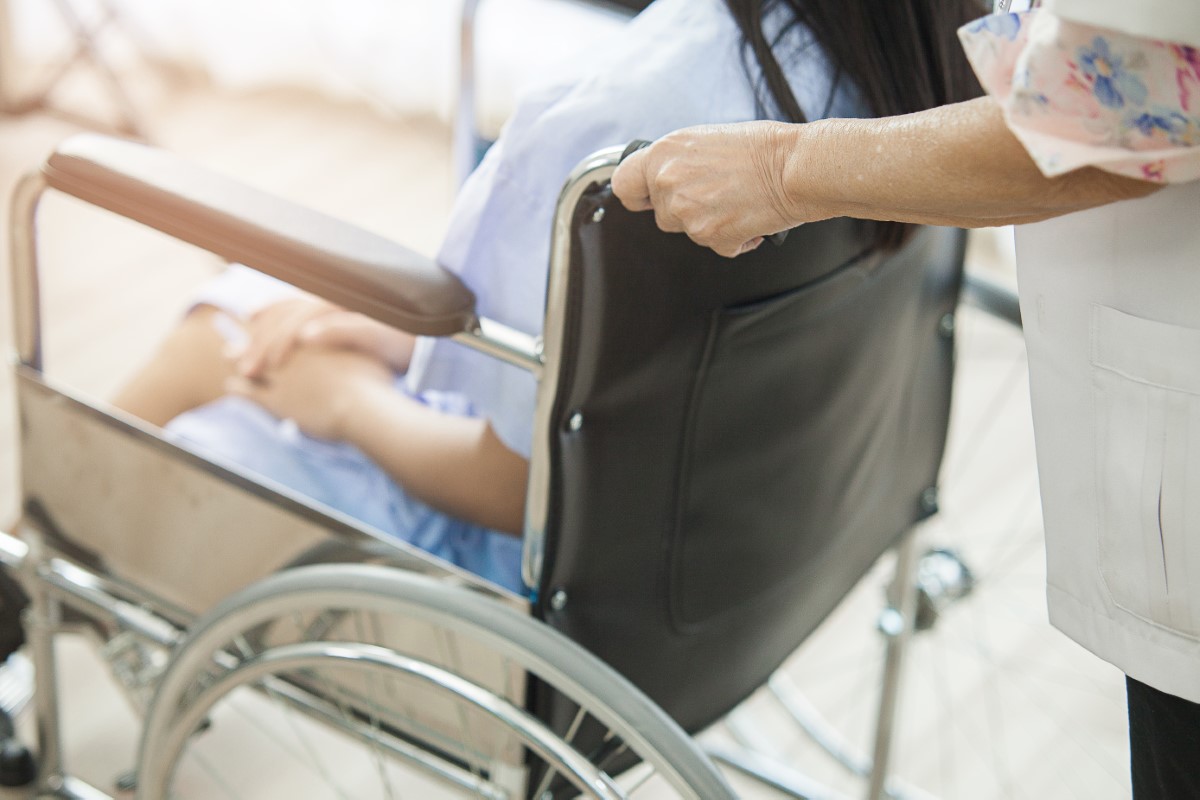
Taking care of a loved one who is suffering from quadriplegia or spinal cord injury can be very demanding. You need to dedicate your time to their needs by calling Quadriplegic at home.
However, it’s also incredibly rewarding to know because with your efforts and dedication, they feel loved and cared for.
Should you decide to focus on taking care of your loved one at home, there are several important things that you need to consider. In this article, we will help you learn more about how to do the job the right way.
Physical Challenges as a Quadriplegic Home Caregiver
The physical effort that’s required when taking care of a family member with spinal cord injury is expected. Typically, the higher level of injury a person has, the more dependent is that person on the caregiver.
If your loved one has incomplete quadriplegia, the physical support that you’ll need to provide is generally not as much as when it is a complete quadriplegia.
In the case of the latter, there is a total loss of connection between the body and the brain. In which case, the person will have very limited movement. You may have to do a lot of heavy lifting in that situation.
In any case, you may have to lift the patient from the bed to a chair, or from the wheelchair to the bathroom. If the patient is bigger in physical built than you, you may need the assistance of other family members during those times.

It’s important to remember that a spinal cord injury patient needs extra care during physical movement. Don’t do it unless under the supervision of a qualified specialist, or if you have undergone training on caring for quadriplegics.
Preparing Emotionally
With physical exhaustion, you can simply rest to be recharged, but this may not be the case emotionally. Sometimes, the emotional stress can become overwhelming especially when you see your loved one in his or her current state. You need to stay strong emotionally.
It helps a lot if you have other family members to help and support you. You may also consider checking support groups for quadriplegic caregivers as they can also help strengthen you. It’s also inspiring to learn the experiences of others who are in the same shoes.
4 Practical Tips When Caring for a Quadriplegic at Home
1. Get training on caregiving
If you don’t have any nursing or caregiver background, get the basic quadriplegic healthcare training first. This way, you’ll learn how to properly care for your loved one.
You need to learn first how to properly lift or turnover a person with a spinal cord injury. You should also familiarize yourself with basic hygiene care, physical therapy needed as well as proper nutrition to improve the condition of the patient.
2. Check online resources to get more caring tips
There’s a bunch of resources online about how to care for quadriplegics. By checking these resources, you’ll be able to familiarize yourself more with how to handle the situation.
3. Learn how to prevent complications
The conditions of patients with quadriplegia make them vulnerable to numerous complications including more serious kidney and lung problems.
The healthcare provider of the patient should orient you with some of these complications and how to prevent them.
As the primary healthcare giver of the patient at home, you should also be on guard for signs of bedsores. This is can occur in skin folds and other areas of the body that get most of the pressure. Make sure to change the position of the patient regularly.
Should you notice any symptom of serious complications on the patient, be sure to contact a physician for medical advice.
4. Learn more about rehabilitation exercises
Exercise is good for the body, and the same is true even for your paralyzed family members. There are exercises that can aid in the recovery process.
As a caregiver of someone with quadriplegia, it will help if you have some knowledge on exercises for the arms, legs and body that are recommended for them.
Getting a Professional Quadriplegia Caregiver
As much as you want to be the primary caregiver of a paralyzed family member, there are situations that make it not feasible. You may be the only breadwinner in the family, or you may also have other limitations. In this case, getting the health services of a professional quadriplegia caregiver can be the most practical choice.

The right caregiver may help with the every day tasks and health requirements of the patient. Generally, their health services include helping with daily hygiene and making sure your loved one has access to everything needed during the rehabilitation process.
Some quadriplegia health care provider have medical background so they can easily spot complications that may arise. It’s easier to control complications when they are detected earlier.
It’s also a good idea to hire two caregivers for your loved one. This is especially true if you are working fulltime and can’t assist the primary caregiver.
Taking care of a quadriplegic patient can be overwhelming. But with two people sharing the responsibility, each person can have time to rest to avoid burn out.
Choosing the Right Caregivers
Choosing the right candidate for the job can be a bit challenging. You may find yourself getting numerous applications from health care professionals.
If you personally know someone who can do the job well, that saves you a lot of time screening the candidates for the position.
Alternatively, you may consider hiring from a platform that offers health care or caregiving services such as Kiidu.
One advantage of hiring someone from Kiidu is that you don’t have to do background checks. Their professionals are trained to provide a high level of health care services to those who can’t control their arms, legs and other parts of their body. They can work independently without supervision.
Another good reason why you should hire from a platform like Kiidu is that you can easily find the right caregiver that matches your needs. In their platform, you can search for professionals based on their availability, language spoken and salary, among others.
You can even search based on their extra skills such as if you need someone who can drive your loved one to and from a doctor’s appointment.
Optimism Amidst the Circumstances
A person with quadriplegia needs the most help at the start while still adjusting to the situation. Be that help your loved one needs.
Or if you can do it, hire someone who can provide a high level of care and attention. This can greatly help improve the quality of life of the patient.
Knowing what to expect when you care for someone with spinal cord injury can help you set the right attitude from the very start. Some days can be more physically and mentally demanding than others.
Think of it like you are in a team. You need teamwork to accomplish even the simplest tasks. It’s normal to encounter challenges along the way but don’t get discouraged. Try to stay positive as much as possible.
We can all agree that it is easier said than done. Recovering from quadriplegia or spinal cord injury can take an emotional toll on the patient as well as on your entire family.
Hopefully, this guide can help you make the right decisions when it comes to taking care of your someone with quadriplegia at home.








